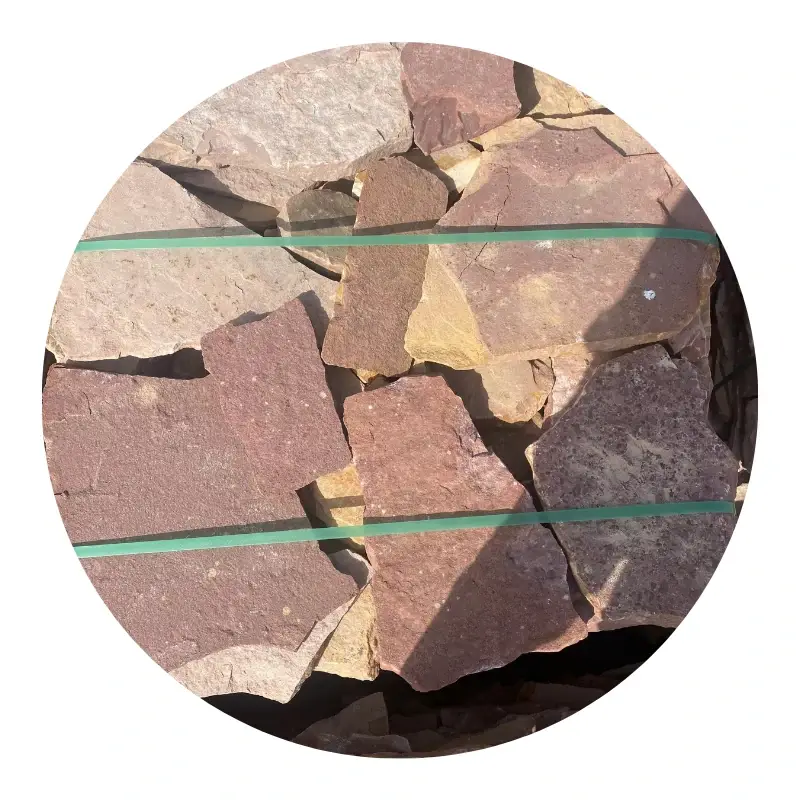
Exploring the Benefits and Applications of Silica Fume in Construction and Industry
Silica Fume An Overview of Its Properties and Applications in Construction
Silica fume, also known as microsilica, is a byproduct of the production of silicon metal or ferrosilicon alloys. It consists primarily of very fine particles of silicon dioxide (SiO2), typically measuring less than 1 micron in diameter. Although it was first discovered in the late 1940s, its properties and applications have gained significant attention in the construction industry over the last few decades. This article explores the unique characteristics of silica fume, its benefits, and its various applications in construction.
One of the most significant properties of silica fume is its high specific surface area. The ultra-fine particles of silica fume have a surface area ranging from 15,000 to 30,000 m²/kg, making it an excellent pozzolanic material. When added to cement, silica fume reacts with calcium hydroxide to form additional cementitious compounds, which contribute to the strength and durability of concrete. This reaction facilitates a denser microstructure by filling the voids between the larger particles of cement and aggregate.
Silica fume enhances the mechanical properties of concrete in several ways. It significantly improves compressive strength, tensile strength, and flexural strength. When used in high-performance concrete mixtures, silica fume can increase compressive strength by up to 40% compared to traditional concrete. This is particularly beneficial for structures that require high load-bearing capacity or are subject to extreme environmental conditions.
In addition to strength enhancement, silica fume also improves the durability of concrete
. It reduces permeability, making it less susceptible to water infiltration, which can lead to chemical attack and the formation of cracks. This characteristic is especially valuable in applications such as bridge decks, marine structures, and industrial floors that are exposed to harsh conditions. Silica fume-laden concrete exhibits enhanced resistance to sulfate attack, alkali-silica reaction, and corrosion of reinforcement steel.silica fume

Furthermore, the addition of silica fume contributes to the workability of concrete mixes. It acts as a filler, enabling better particle packing and reducing the likelihood of segregation. However, it is essential to monitor the water-to-cement ratio, as excessive silica fume can lead to a drier mix. Proper mix design and admixture utilization can help achieve the desired workability while maximizing the benefits of silica fume.
The environmental implications of using silica fume are also noteworthy. As a byproduct of industrial processes, its inclusion in concrete contributes to sustainability by reducing the quantity of natural materials needed for concrete production. This not only helps minimize waste but also decreases the carbon footprint associated with cement manufacturing. By substituting a portion of Portland cement with silica fume, manufacturers can lower greenhouse gas emissions while enhancing the overall performance of concrete.
Applications of silica fume are diverse and extensive. It is widely used in the production of high-performance concrete, which is essential for skyscrapers, bridges, and high-load structures. Additionally, silica fume is commonly used in precast concrete products, such as pipes and panels, where high strength and resistance to environmental factors are critical. Its lightweight nature and superior properties also make it suitable for applications in shotcrete, repair mortar, and even high-strength grout.
In summary, silica fume is an invaluable material in modern construction. Its unique properties, including enhanced strength, durability, and workability, make it indispensable for producing high-performance concrete while promoting sustainability in the industry. As construction technologies continue to evolve, silica fume is likely to play a vital role in shaping resilient and environmentally-friendly structures for the future.
Share
-
Premium Glass Sand Solutions | High Purity SupplyNewsAug.03,2025
-
Premium Talcum Powder Enhanced with GPT-4 Turbo | Soft & Long-LastingNewsAug.02,2025
-
Fly Ash Solutions Enhanced by GPT-4 Turbo | Sustainable InnovationNewsAug.01,2025
-
Natural Premium Bentonite Cat Litter - Superior ClumpingNewsJul.31,2025
-
Premium Resin Coated Sand - High Heat Resistance CastingNewsJul.31,2025
-
High Quality Silicon Carbide Grit for Abrasive ApplicationsNewsJul.30,2025






